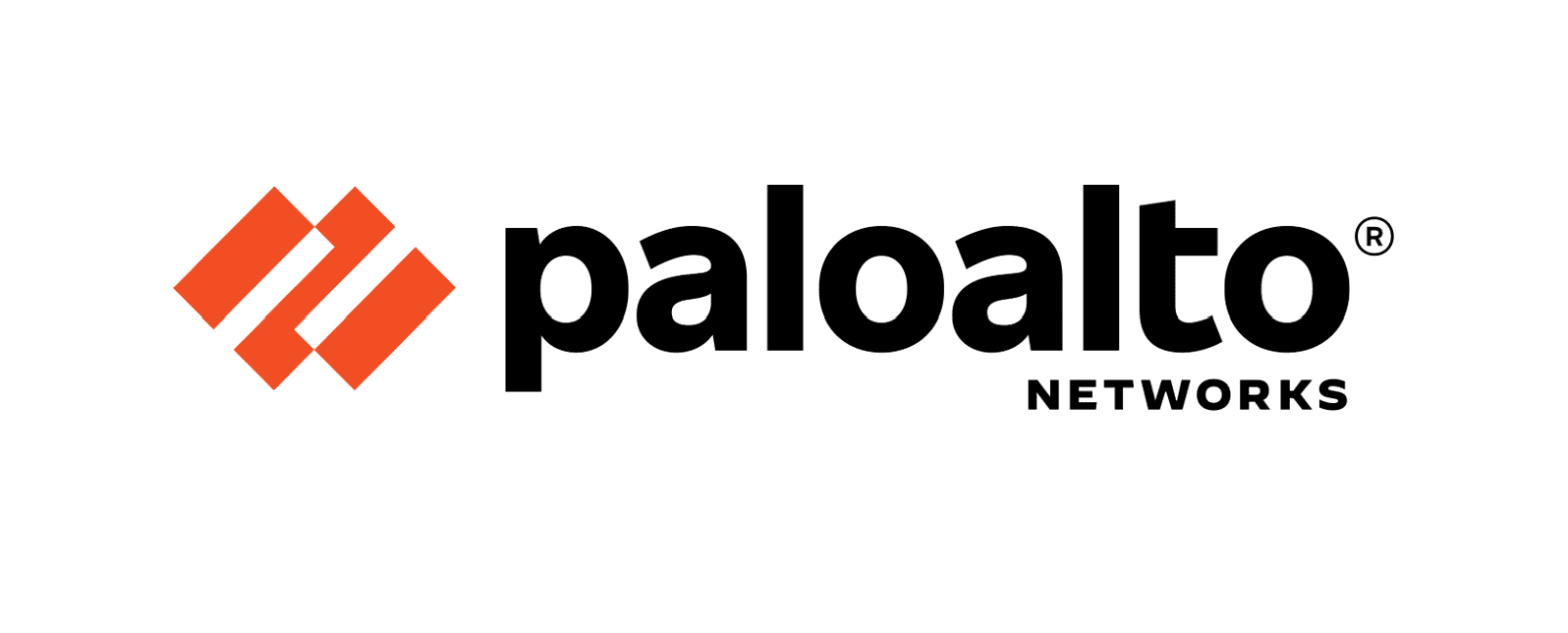
Palo Alto Networks, a leading cybersecurity solutions provider, has sounded the alarm for its users, releasing four security advisories that address a total of 34 vulnerabilities across various products. While the company assures no exploits have been detected so far, the urgency to update systems remains high.
The vulnerabilities impact a range of Palo Alto products, notably PAN-OS and GlobalProtect App. Some of these security gaps stem from third-party software, underscoring the interconnected nature of today’s digital ecosystem.
Prisma Access Browser Update
The Prisma Access Browser, which is based on Chromium, received a significant monthly update. Version 127.100.2858.4 incorporates fixes for 31 vulnerabilities, reflecting four “Chromium” updates executed between July 16 and August 6.
Of particular concern are CVE-2024-7532 and CVE-2024-6990, labeled as “Critical” by Google. Though Palo Alto assigns these a slightly lower CVSSv4.0 base score of 8.6, they still carry a “High” severity rating, emphasizing the need for swift action.
Cortex XSOAR Patch
In Cortex XSOAR, a command injection vulnerability (CVE-2024-5914) within the CommonScripts Pack has been addressed in version 1.12.33. This flaw, with a CVSS base score of 7.0, could allow an unauthenticated attacker to execute arbitrary commands, highlighting the potential for significant system compromise.
Additional Vulnerabilities Addressed
The advisories also tackled:
- CVE-2024-5916 (CVSS 6): An information exposure vulnerability in PAN-OS that could unintentionally expose sensitive data, now patched in various PAN-OS and Cloud NGFW versions.
- CVE-2024-5915 (CVSS 5.2): A privilege escalation vulnerability in the GlobalProtect app on Windows, allowing local users to execute programs with elevated privileges. Fixes are expected to roll out in upcoming app versions.
Call to Action
Palo Alto Networks strongly urges its users to apply the latest updates to their systems as soon as possible. While no active exploitation has been observed, these vulnerabilities represent potential entry points for malicious actors. As the cybersecurity landscape continues to evolve, proactive measures such as these are essential to maintaining a robust defense.
Related Posts:
- PAN-OS arbitrary code execution vulnerability
- A New Set of Tools for Cyber Espionage: Targeting the Middle East, Africa, and the US
- Palo Alto Networks’ Unit 42 Reveals a New Cyber Threat in China: Financial Fraud APKs
- PAN-OS: PAN-OS Remote Code Execution Vulnerability